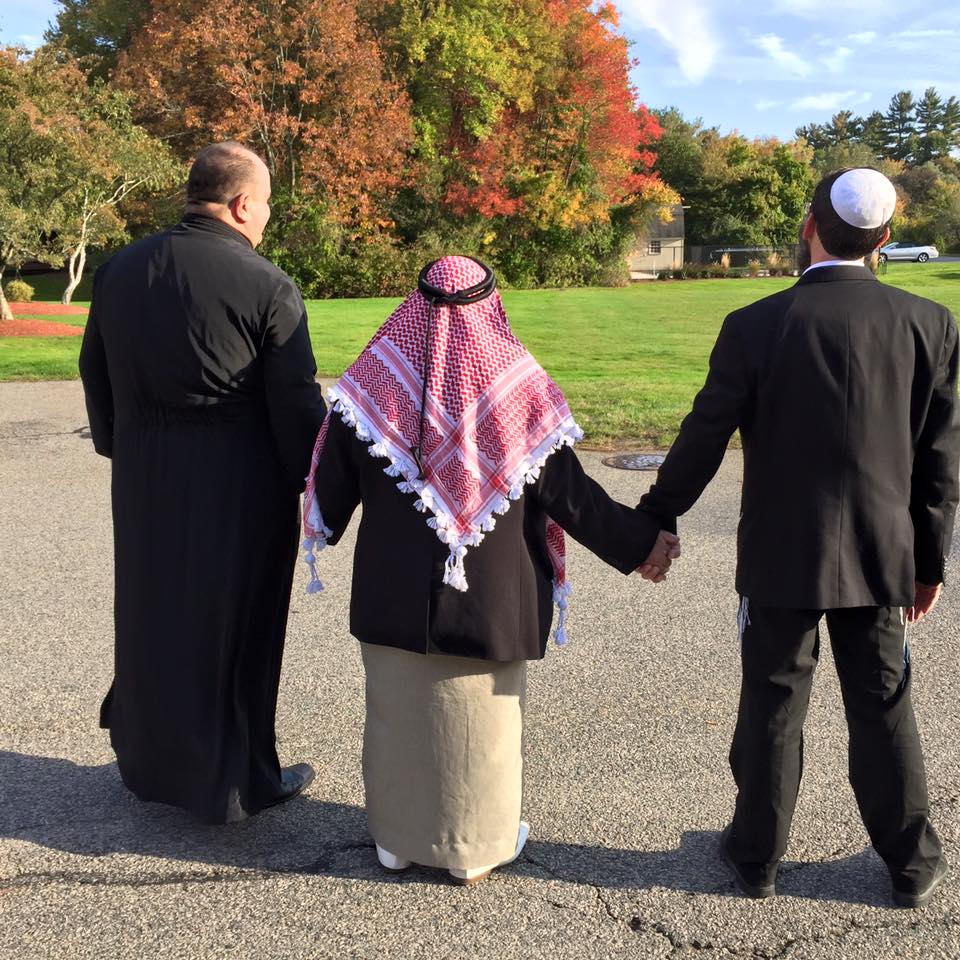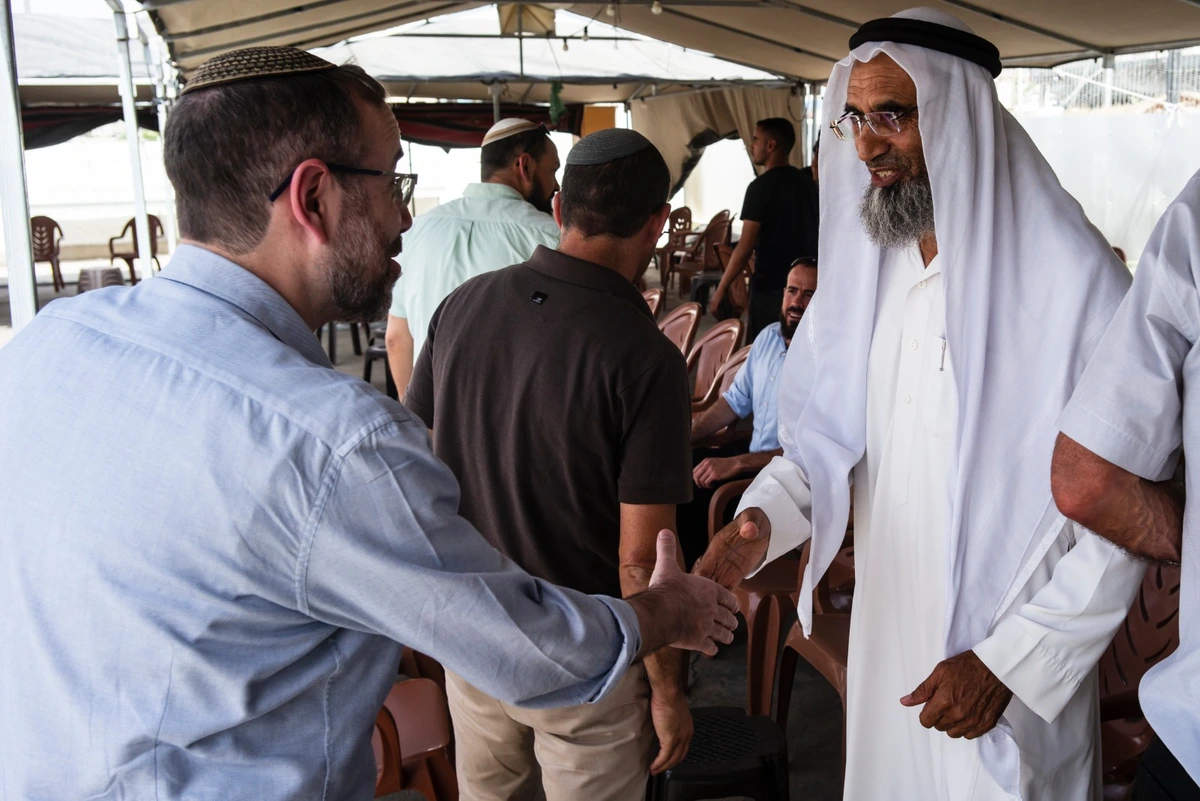Noahide Laws: Civilization’s Foundation or Religious Identity?
Rabbi Dr Yakov Nagen | February 20, 2024

Crispijn de Passe the Elder, “Noah Leaving the Ark” (1612) – The MET
For many, the starting point for investigating the relationship between Judaism and world religions is the seven Noahide laws. These constitute the Torah’s basic demands of humanity. According to the Talmud, every person must observe these mitzvot, and since they are divinely legislated, as we shall see, some argue that they are a universal religion for non-Jews. An examination of their source and of their character, however, does not sustain that conclusion.
Until Noah, the story of humanity was one of gradual degeneration, which posed an existential threat to the entire world. Man ruined his relationship with the flora, fauna, and others of his own kind: “For all flesh had corrupted its ways on the earth” (Gen. 6:12). In its state of corruption, the world no longer deserved to exist, so God washed the world clean with the Flood.
The seven mitzvot are intended to preserve life by preventing such a dire state of human affairs from recurring in the world that God recreated: “The Rabbis learned, The descendants of Noah were commanded seven mitzvot: courts of judgment, blasphemy, idol worship, forbidden sexual relations, murder, theft, and [eating] a limb from a live animal” (Sanhedrin 56a).
Two of these mitzvot (idol worship and blasphemy) avert damage to the relationship between man and God; two (forbidden relations and murder) prohibit the perpetration of grievous harm within human society; two (theft and dinin) protect personal property, and by extension, the fragile cooperation underlying human economies; and the last one (eating from a live animal) outlaws cruelty against our fellow creatures.
The inclusion of this last one on the list, which seems to pale in comparison with many of the others in terms of severity and incidence in the civilized world, reveals the organizing principle behind these mitzvot. The seven Noahide laws are a bulwark against the deleterious activities of human beings on this planet. This includes the effects on members of their own species as well as on those of others. Noah himself was tasked with saving the animal kingdom from the floodwaters, and in the Flood’s aftermath God made a new covenant with both man and animal.
This account allows us to better understand why a ger toshav, the “resident alien” of halakha, must observe these seven laws in order to be granted that status. A ger toshav is a non-Jew who wishes to live among the Jewish people and share their land. These mitzvot ensure that the prospective resident will abide by the basic regulations that govern a humane society in order to live among the Jewish people.
Transgression and Expulsion
Time and again, the Torah demonstrates that the violation of these world-preserving directives results in expulsion from human society. The first homicide led to the permanent exile of its perpetrator, Cain. When the Jewish people are later given their detailed penal laws, even an unintentional murderer is similarly required to flee (or face death at the hand of avenging relatives). The repercussions of murder shake the world and contaminate the earth: “For blood pollutes the land, and no expiation can be made for the blood that has been spilled in it except through the blood of him who spilled it” (Num. 35:33). Murder corrupts all reality, as it did at the time of the Flood, and as it is now doing through Hamas and Hezbollah.
According to rabbinic interpretation, theft is the cardinal sin that the Torah explicitly names as the cause of the Flood. It says that “for the earth is filled with violence (hamas) because of them” (Gen. 6:13), and the Talmud translates hamas as theft. In this paradigmatic case, human society itself had to be erased.
The Sages also find an allusion in the Torah to forbidden sexual relationships as another offense precipitating the Flood. The aforementioned verse, “For all flesh had corrupted its ways on the earth,” is interpreted as sexual perversion, incestuous relationships, and adultery. Later in the Torah, the penalty given for these illicit liaisons, which like murder render the land impure, is the loss of the right to live on it. This applies equally to Jews and non-Jews: “For all these abominations did the men of the land who were before you do, and the land was defiled. So let the land not spew you out for defiling it, as it spewed out the nation that was before you” (Lev. 18:27–28).
The establishment of a judicial system is likewise necessary to prevent the world from descending into anarchy and chaos. In his commentary on the Mishna, Rabbenu Yona Gerondi describes judgment in a way that lines up with our characterization of the seven Noahide laws here, namely, they are the glue that holds the world together. Rabban Shimon ben Gamaliel states in the Mishna, “The world is sustained by three things: judgment, truth, and peace” (Avot 1:18).” Rabbenu Yona explained that it doesn’t mean that the world was created for these three things, because at the beginning of the chapter it says, “The world stands on three things” (Avot 1:2), and they are not the same things that are mentioned here. Rather, first it said that the world is created for three things: Torah, divine service, and acts of kindness. […] Now it says that the world is sustained, meaning, after it was created it continues to exist, by virtue of these, because through the judges who adjudicate between a man and his fellow the world is sustained. If not for judgment, might would make right.
While underscoring the necessity of adjudication to prevent human civilization from running off the rails, Rabbenu Yona distinguishes between the ultimate aim of all existence and the necessary conditions for that existence. The world needs the administration of justice to exist; the world does not exist to enrobe judges or elevate them to a lofty bench.
The fact that one of the seven Noahide laws, the establishment of a judicial system, is treated as a global preservative corroborates our contention that the other six mitzot are also in place to avert the collapse of civilization. God did not have theft in mind, as it were, when He decided to bring the world into existence from nothing. The forbidding of theft sustains God’s handiwork so that Creation can achieve its true ends. The context in which the seven mitzvot were given, after the Flood and at the establishment of a new pact between God and mankind, indicates their true purpose: to forestall a repeat cataclysm. If they are breached again, the world will be corrupted and once more become unworthy of continued existence.
This characterization of the seven mitzvot also draws our attention to a lopsidedness in the list. It is mainly a catalog of don’ts, with no corresponding dos. It says nothing about developing one’s relationship with other human beings or deepening one’s connection to God. Beyond refraining from thieving and murdering, how should one interact with one’s fellow man? There is no command to love others like yourself. A non-Jew who has abandoned idol worship is nowhere commanded to love God. The omission of such commands is glaring when the list is compared to its parallel in the ancient, extra-canonical book of Jubilees, composed approximately in the second century BCE. That text includes directives to improve one’s relationship with God by blessing Him, and to treat other human beings properly by doing what is right, loving them, and honoring one’s parents. The absence of anything similar from the codified seven is the clincher: the Noahide commandments are not the building blocks of an ideal society, but the dam walls holding back the next Flood. They cannot in and of themselves comprise the substance of non-Jewish religiosity.
The Religious Limitations of the Seven Mitzvot
I am convinced that the above account is the simplest understanding of the Noahide laws, but others believe that these seven mitzvot exhaust the religiosity of the non-Jew. Structurally speaking, the seven are likened to the full complement of 613 mitzvot accepted by the Jewish people at Mount Sinai. This is the position of Maimonides who stresses that the bindingness of these mitzvot stems not from human reason or instinctive morality, but from the divine revelation at Sinai. The non-Jew accordingly has only two options: remain a non-Jew and keep seven mitzvot, or become a Jew and keep all of them (Hilkhot Melakhim 10:9).
Many have adopted this position because halakha is predisposed to work with unambiguous and rigorous definitions. The seven Noahide laws present a clear and effective gauge and guide for relations between Jews and non-Jews. This only heightens the problem, though. The halakhic classifications of the Torah are filtered through the lived realities of the Jewish people and the particular insights of its religious leaders. The Oral Torah lives and breathes with the Jewish people. When it comes to other nations of the world, such categories are strange and foreign, since they do not emerge from their national or ethnic experience.
Another reason for the acceptance of this view is that after its few, opening chapters our Torah takes leave of mankind and focuses on one man and his progeny. It is only natural that this influences the Jewish people’s view of the rest of humanity.
Be that as it may, it is exceedingly difficult to accept that a non-Jew’s religious aspirations are reduced to accepting the seven Noahide laws, and only then because they were revealed to Moses at Sinai. Beyond the fact that the textual source for Maimonides’ position is elusive, he pins the entire religious fulfillment of mankind on a historical event that is not documented in any earlier Jewish text.
Owing to these difficulties and the preceding analysis, the reasonable conclusion is that these seven mitzvot are not a religion for non-Jews. By reining in man’s destructive tendencies, they preserve the world from obliteration. They join all human beings in a stewardship that protects the fabric connecting man with God, man, animal, and plant. By following the ground rules, we are worthy of walking God’s good earth. But these mitzvot do not aim to fill the profound need to find and worship God throughout our lives. They are a prerequisite for human living, and should not be mistaken for a full-blown religion.
Rabbi Dr. Yakov Nagen is the director of Ohr Torah Stone’s Beit Midrash for Judaism and Humanity and Blickle Institute for Interfaith Dialogue. He is also a long-time senior rabbi (Ram) at the Otniel Yeshiva.




